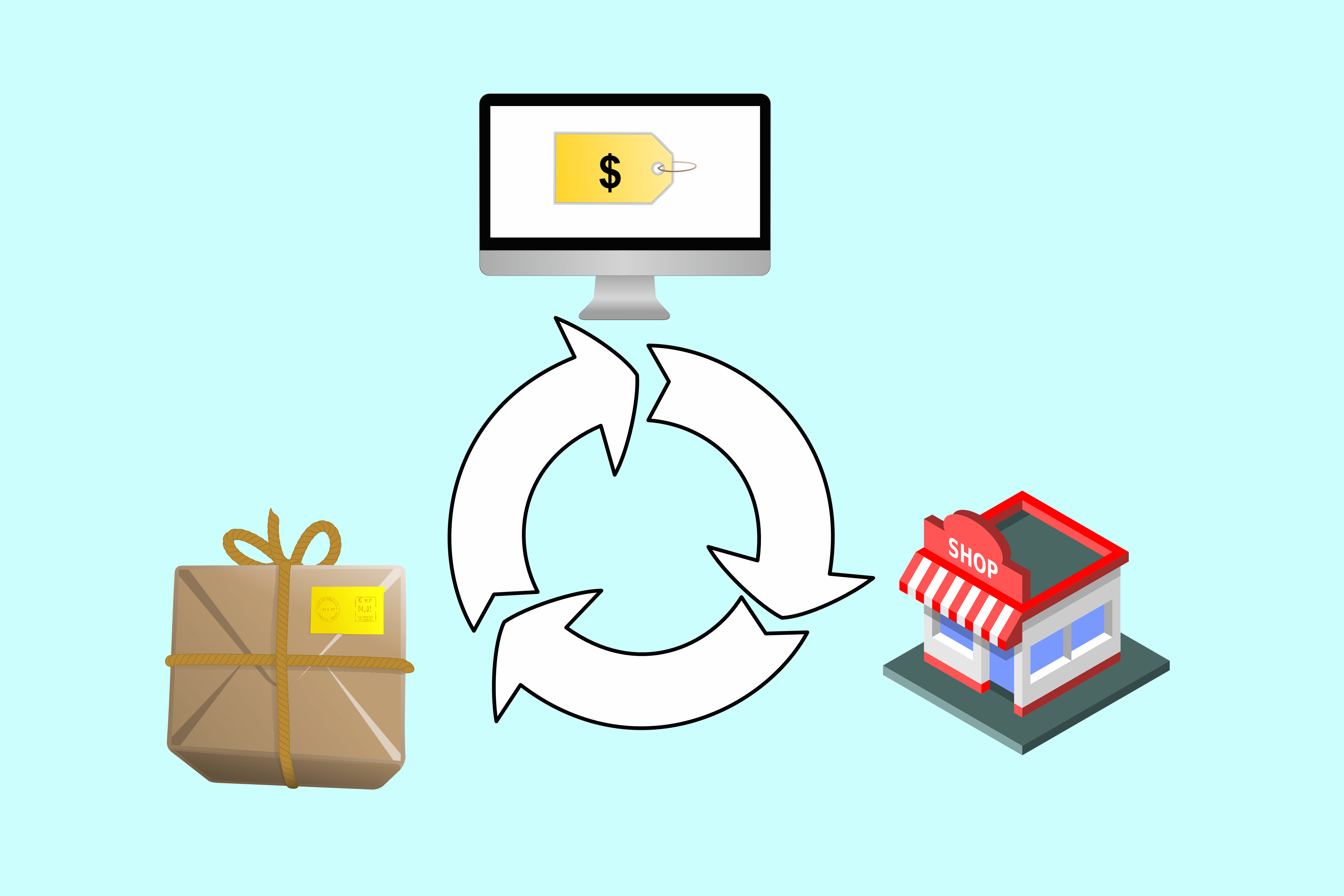Precision and efficiency are cornerstones of modern manufacturing, and companies across various industries rely on cutting-edge technologies to produce parts and components that meet exact specifications. One such revolutionary process is computer numerical control (CNC) machining.
Partnering with a CNC machine shop can help unleash its full power to bring your ideas to fruition. In this comprehensive guide, we explore all the nuances associated with working with them.
What Is A CNC Machine Shop?
A CNC machine shop is a specialized facility equipped with state-of-the-art CNC machines designed to precisely cut, shape, and mold materials like metals, plastics, and wood according to precise digital instructions generated from computer-aided design (CAD) software, thus enabling highly accurate manufacturing processes with repeatable results. CNC machines include milling machines, lathes, and routers suited for specific machining tasks as well.
If you are looking to get top-quality rapid prototyping and low-volume manufacturing services, you can consider a CNC machine shop like 3ERP. You can reach out and get an instant quote with 3ERP, and receive a comprehensive solution for any need you may have. This way, you can be sure that you will experience top-level precision manufacturing.
The Benefits Of Working With A CNC Machine Shop
Collaborating with a CNC machine shop offers numerous advantages:
- Precision and accuracy: CNC machines excel at producing parts with exceptional precision and accuracy. They can repeat the same task with minimal deviation, ensuring consistent quality across large production runs.
- Efficiency and speed: CNC machining is incredibly efficient and can complete tasks quickly, reducing lead times and enabling you to meet tight production schedules.
- Complex geometry: CNC machines can handle complex and intricate designs that would be nearly impossible to produce manually. This enables designers to explore innovative product concepts.
- Cost-effective: While initial investments in CNC machining equipment may seem substantial, their long-term cost savings often make up for this initial outlay in reduced labor and material waste costs.
- Material versatility: CNC machines offer versatile material-cutting options, from metals like aluminum and steel to plastics and composites, making them suitable for various industries and applications.
Steps To Collaborating With A CNC Machine Shop
Now that we’ve highlighted the benefits, let’s delve into the steps for effectively collaborating with a CNC machine shop.
Define Your Project Requirements
Begin by clearly defining your project requirements. This includes specifying the type of material you need, the quantity of parts or components, the desired tolerances, and any special surface finishes or coatings. Having a detailed project brief will help the CNC machine shop understand your needs accurately.
Choose The Right CNC Machine Shop
Selecting the right CNC machine shop is a crucial decision. Consider factors such as their experience, equipment capabilities, quality control processes, and their ability to meet your project timeline. Don’t hesitate to ask for references or review their past projects to assess their competency.
Provide Detailed CAD Drawings
To bring your design to life, you must provide detailed CAD drawings of each part or component you intend to incorporate into it. These will serve as blueprints for CNC machines to follow. Make sure your CAD files are in the appropriate format, and work closely with the CNC machine shop’s engineers to address any questions or concerns.
Prototyping And Testing
Before committing to a full production run, consider creating a prototype or small batch of parts for testing and validation. This step allows you to identify any design flaws or adjustments needed before moving forward with larger-scale production.
Quality Assurance
Make sure that the CNC machine shop offers robust quality assurance processes. This may involve performing inspections both during and after machining to verify that parts meet your specifications. Quality assurance is vital in creating products that exceed both customer standards and your own.
Communication
According to a report, 83% of business leaders view communication as extremely important for any company’s success. Communicate clearly and openly with the CNC machine shop throughout your project. Regular updates, discussions about progress, and addressing any issues promptly can prevent misunderstandings and ensure that the project stays on track.
Post-Production Services
Consider what post-production services the CNC machine shop can offer. This may include assembly, finishing, and packaging services that can save you time and resources by streamlining the final stages of production.
Final Thoughts
Working with a CNC machine shop can be transformative for your manufacturing projects, with its precision, efficiency, and versatility helping you bring ideas to reality with unrivaled quality.
By following these steps and developing a collaborative and communicative relationship with your CNC shop partner, you can ensure an amazing partnership that delivers incredible results. So, if you want to take your manufacturing to new heights consider teaming up with one now to maximize the full potential of your designs.
Read Also:























